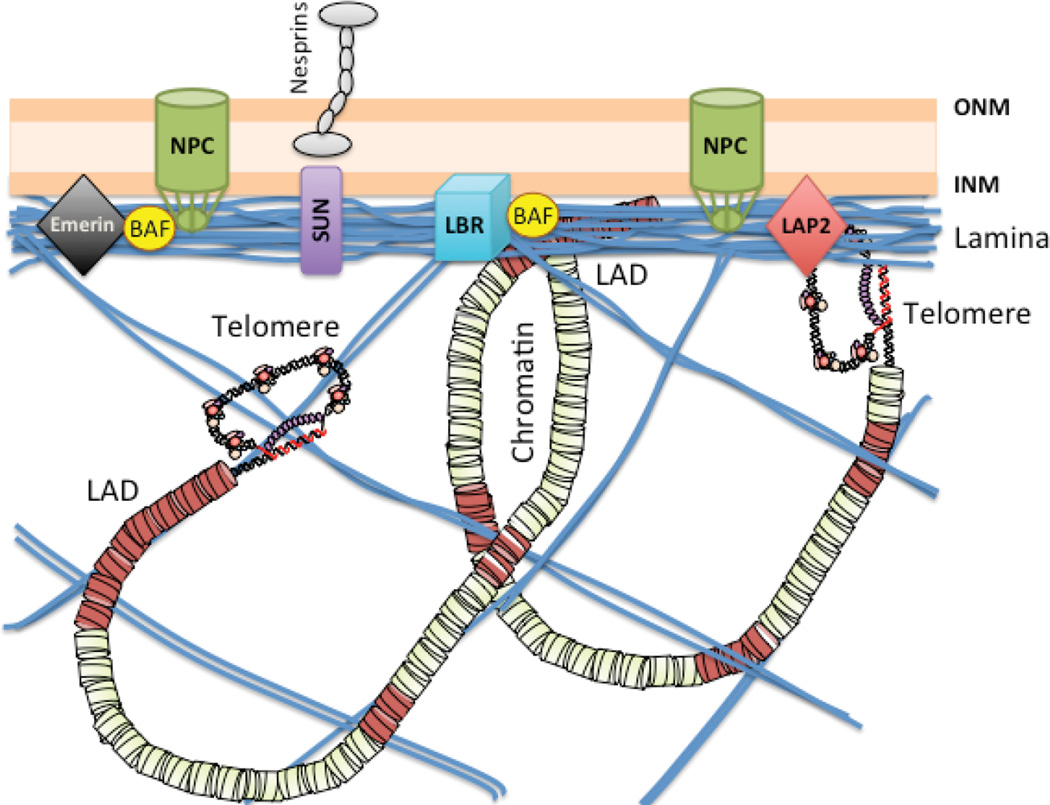Figure 2. Nuclear distribution of lamins, lamin-associated proteins, and telomeres.
Diagram depicting the proposed localization of lamins at the nuclear lamina and extending into the nucleoplasm. Lamins associate with a variety of proteins at the nuclear periphery, including emerin, SUN1/2 proteins, lamin B receptor (LBR), lamin-associated proteins (LAPs), barrier-to-autointegration factor (BAF), as well as nuclear pore complexes (NPCs), among others. Lamins have the ability to bind DNA and chromatin, and chromosomal domains with specific characteristics have been shown to associate with lamins (LADs), including telomeres. Lamins are viewed as a scaffold for compartmentalization of the genome in the 3D nuclear space, with implications for genome function and stability. Alterations in lamins result in changes in telomere localization, dynamics, structure, length, and function.

